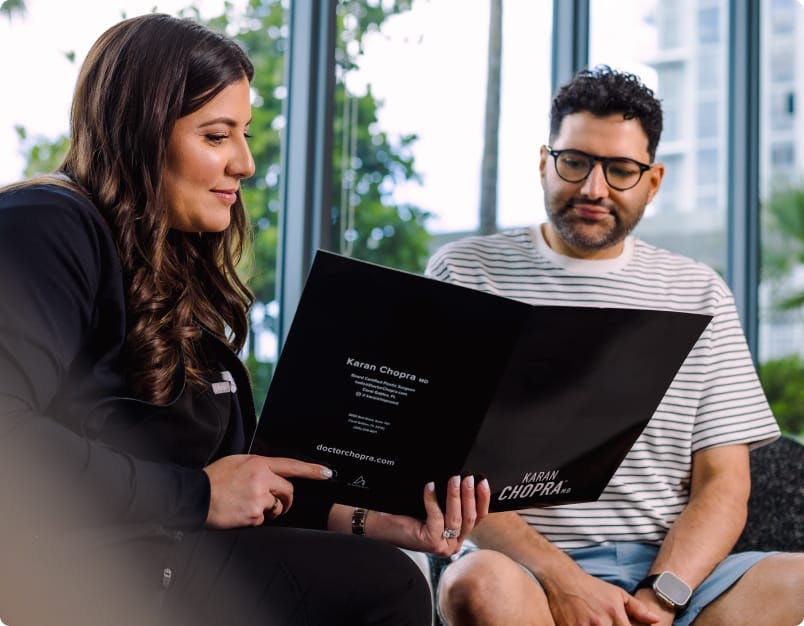The mini facelift is a less-invasive alternative to the traditional facelift, creating exciting results with a significantly reduced amount of post-procedural downtime.
What Is a Mini Facelift?
The mini facelift is a less invasive surgical procedure that targets the early signs of aging in the lower face and neck. Often referred to as a "weekend facelift," this surgery creates a more youthful look by tightening loose skin, reducing minor jowls, and refining the jawline. Unlike a traditional facelift, the mini facelift involves smaller incisions and typically requires a shorter recovery period.











